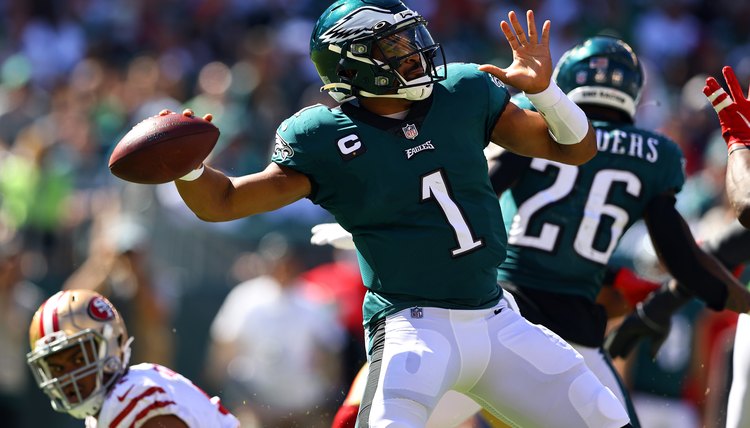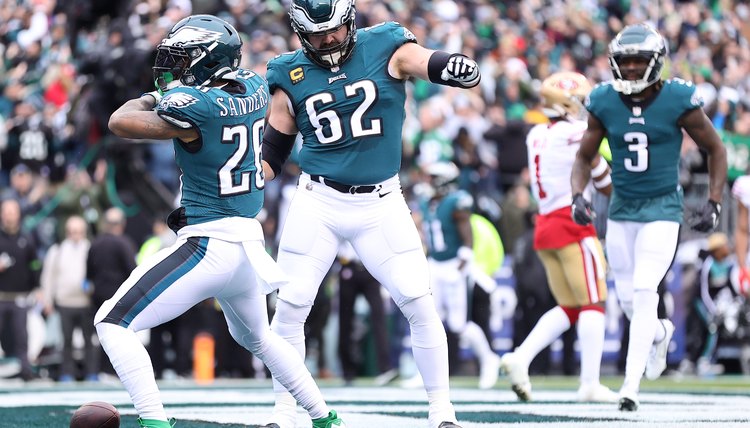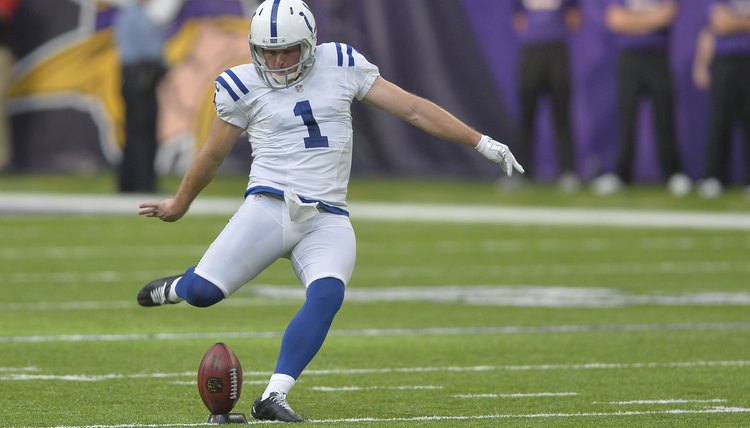How to Find Your Position in Football

American football positions each have different responsibilities, based on their different positions. In the game of football, there are several positions on both sides of the ball on each football team. Here are the main offensive and defensive positions on football teams:
Offense
- Quarterback
- Running Back
- Fullback
- Wide Receiver
- Tight End
- Offensive Guard, Offensive Tackle
- Center
Defense
- Defensive Tackle
- Defensive End
- Outside Linebacker
- Middle Linebacker
- Cornerback
- Free Safety
- Strong Safety
Special Teams
- Kicker
- Punter
- Kick Returner
- Punt Returner
No matter what position you play, each position requires a certain body type and skill set by the time you reach the high school level and beyond.
For example, offensive lineman and defensive linemen are typically the largest players on the team, whereas playmakers and ball carriers like the running backs have a unique blend of strength and speed. There are a few ways to test your strength and skills to determine what position you should play as a football player.

Determining Football Position
Measure your exact height and weight. If you're a high school player and are 6 feet 2 inches tall and weigh 230 pounds, consider playing a position such as offensive line, defensive line or linebacker. These positions are more physical, and bigger players can withstand and inflict harder hits on their opponents.
If you're a high school player 5 feet 10 inches tall and weigh 150 pounds, consider playing receiver, in the backfield as a running back, or defensive back. These positions require speed and agility to run around blockers and get to the end zone for a touchdown or get interceptions, respectively.

1. Find your 40-yard dash time.
- Set up a pylon as a starting point and another one 40 yards away
- Have a partner time you and make sure he stands next to the finish line
- Sprint as fast as you can to the finish
The high school football SPARQ Combine in 2011 featured some of the top players in the country. The top 20 times in the 40-yard dash were done by running backs, receivers and defensive backs, according to ESPN Rise. The average time of the top 10 players was 4.42 seconds. If you can run the 40-yard dash in 4.5 seconds or under, running back, receiver and defensive back are probably the most appropriate positions.
2. Test your ball skills.
For a receiver and running back in higher levels like college and the NFL, it is not enough to have just speed. You must be able to catch the ball and handle it effectively while shedding off defensive players trying to tackle you.
- Run 10 yards downfield, turn around and have your partner throw you the ball
- Make sure the throws are high and low and not always easy to catch
- If you find you're able to catch the majority of them, you may have sufficient ball skills to be a receiver or running back
An effective wide receiver sometimes is lacking in speed, but he is able to catch even difficult throws near the sideline or outside of his usual catch radius.

3. Assess your potential to play quarterback, perhaps the most important position on the team.
The quarterback is the only player who handles the ball on every offensive play, except on wildcat snaps. If you want to play the position, you need to test your throwing strength and accuracy.
- Have your partner run 10 yards upfield and cut diagonally to the left
- Throw the ball over his outside shoulder
- Make sure he also runs long routes
- If you can throw it far enough without the receiver breaking stride, you may have the strength and accuracy to play the position
Quarterbacks also need quick feet to elude the pass rush or run designed running plays. If you are lacking in this area, practice jumping rope and running sprints to improve.

4. Test your leg strength to see if you'd make a good kicker
- Place the ball on a tee and simply run up and kick it with your toe
- If you've played soccer, try a soccer-style kick
If you have sufficient leg strength, work with one of your coaches to learn the fundamentals of place-kicking and punting.
Writer Bio
Wade Harle began writing professionally in 2011 and holds a bachelor's degree in journalism from Iowa State University. His work on sports and other topics has been published on various websites.
